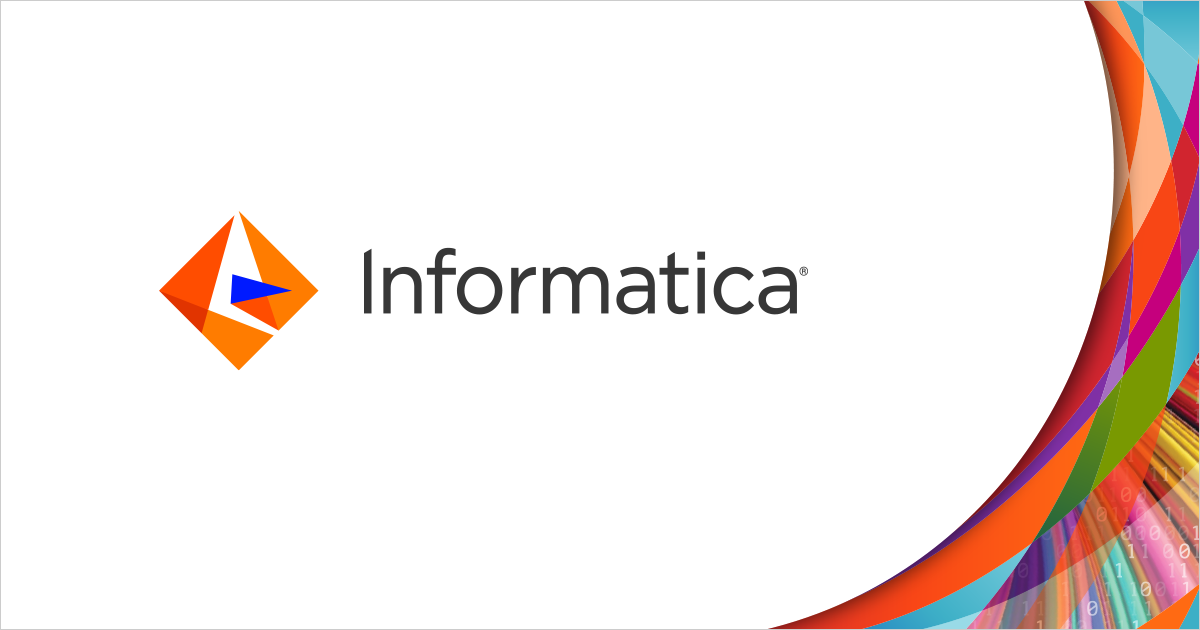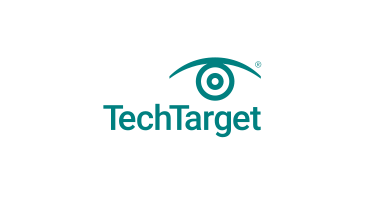Data visualization is the practice of translating information into a visual context, such as a map or graph, to make data easier for the human brain to understand and pull insights from. The main goal of data visualization is to make it easier to identify patterns, trends and outliers in large data sets. The term is often used interchangeably with others, including information graphics, information visualization and statistical graphics.
References
-
 Find out what is Data Visualization, how and why businesses use it, and how to use Data Visualization on AWS.🔗Amazon Web Services, Inc.
Find out what is Data Visualization, how and why businesses use it, and how to use Data Visualization on AWS.🔗Amazon Web Services, Inc. -
 Get inspired by these examples of data visualization that communicate interesting information with both style and substance.🔗blog.hubspot.com
Get inspired by these examples of data visualization that communicate interesting information with both style and substance.🔗blog.hubspot.com -
 A guide to making visualizations that accurately reflect the data, tell a story, and look professional.🔗clauswilke.com
A guide to making visualizations that accurately reflect the data, tell a story, and look professional.🔗clauswilke.com -
 https://en.wikipedia.org/wiki/Data_and_information_visualization🔗en.wikipedia.org
https://en.wikipedia.org/wiki/Data_and_information_visualization🔗en.wikipedia.org -
 Data visualization describes the shape of information formed in a graph depicting a particular context. Data visualizations contain contextual information (the metadata) and the actual data, making the information more straightforward for people to process and analyze.🔗DATAVERSITY
Data visualization describes the shape of information formed in a graph depicting a particular context. Data visualizations contain contextual information (the metadata) and the actual data, making the information more straightforward for people to process and analyze.🔗DATAVERSITY -
 A Computer Science portal for geeks. It contains well written, well thought and well explained computer science and programming articles, quizzes and practice/competitive programming/company interview Questions.🔗GeeksforGeeks
A Computer Science portal for geeks. It contains well written, well thought and well explained computer science and programming articles, quizzes and practice/competitive programming/company interview Questions.🔗GeeksforGeeks -
 Learn how data visualization can improve understanding and analyses, enabling better and faster decision making.🔗ibm.com
Learn how data visualization can improve understanding and analyses, enabling better and faster decision making.🔗ibm.com -
 Data visualization is the presentation of information in a more insightful format; such as a graph, chart, scatter plot or diagram🔗Informatica
Data visualization is the presentation of information in a more insightful format; such as a graph, chart, scatter plot or diagram🔗Informatica -
-
 Read about data visualization and how translating information, data and analytics into visual context can benefit decision making and operations.🔗Business Analytics
Read about data visualization and how translating information, data and analytics into visual context can benefit decision making and operations.🔗Business Analytics -

 Visualization
Visualization